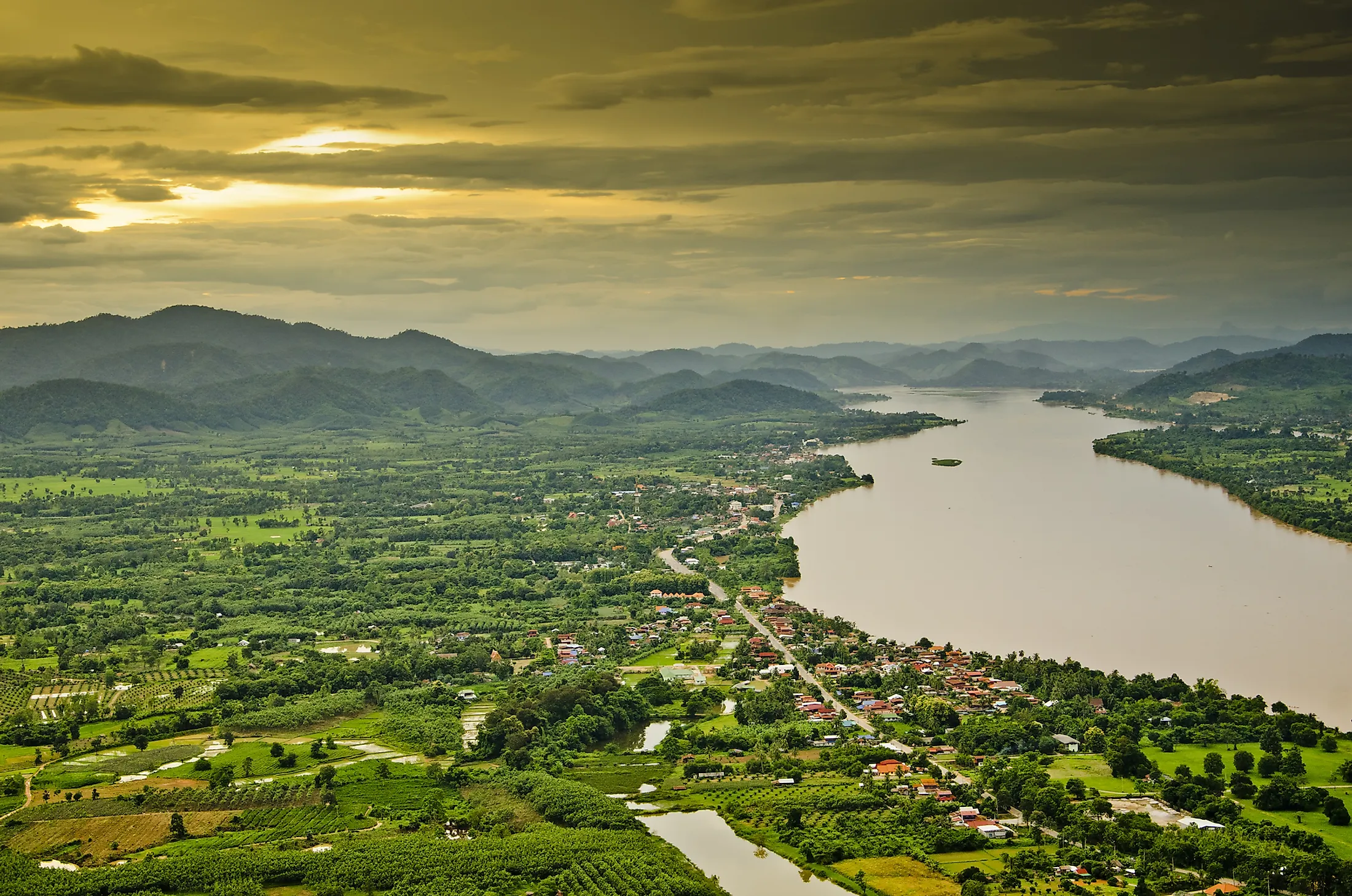
10 Most Famous Rivers In The World
Rivers are the lifeblood of our world. Providing water supplies to ecosystems across the globe, these natural flowing watercourses provide habitats, energy, transportation and sources of recreation. This list looks at the ten most famous rivers in the world, from the Amazon to the Mekong.
The Amazon
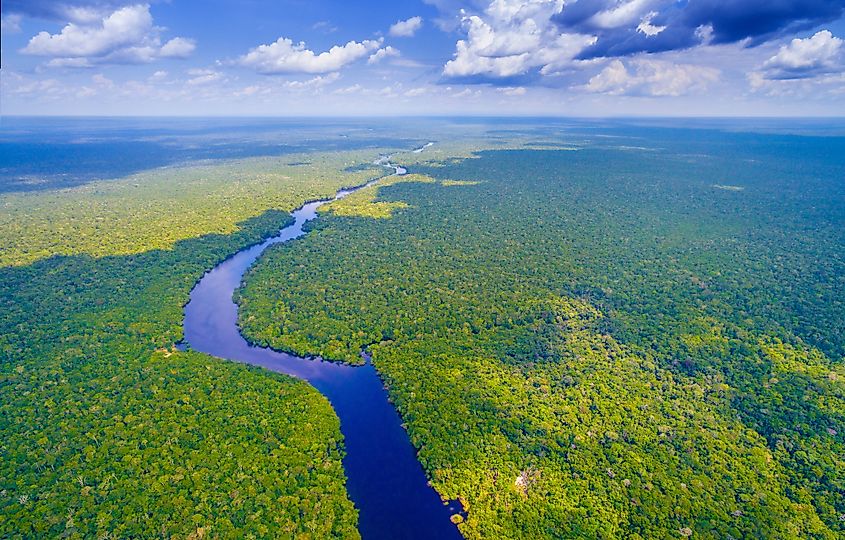
The Amazon River is located in South America, and travels through the countries of Brazil, Peru and Columbia. It is the largest river (in terms of volume) in the world, with a discharge of 208,978 cubic meters per second. It is also often thought of as the longest river, at 6993 kilometers, although there is some debate about the method used for measuring.
The Amazon is also famous for being a rich and biodiverse ecosystem. Both the river itself and the shores along its edges are full of a variety of important plant and animal species, many of which can only be found in this region.
The Nile
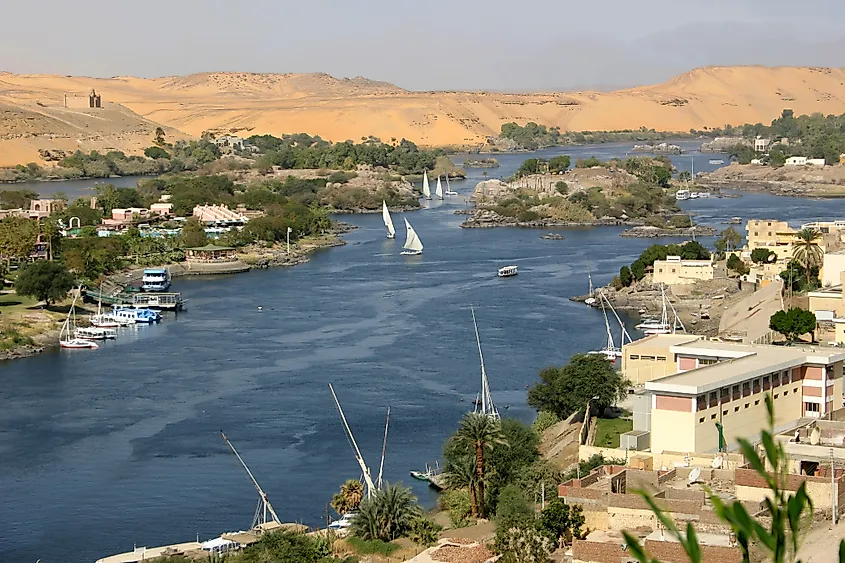
The Nile River is a major north-flowing river which [asses through much of northern Africa on its journey to the Mediterranean Sea. It travels through both Egypt and Sudan, but has three major sources: Blue Nile River, White Nile, Atbarah which pass through Ethiopia and Uganda, before reaching Sudan and South Sudan.
Aside from its unusual northward flow, the Nile is best known for its presence amidst a desert. As Egypt, and much of Sudan is a dry, desert, sandy landscape, the Nile river is the primary water source for all life in the area. It is the sole reason such prominent cities were able to be established in the area, and it offered irrigation and the possibility of fertile soil to ancient Egyptian civilizations.
The Ganges
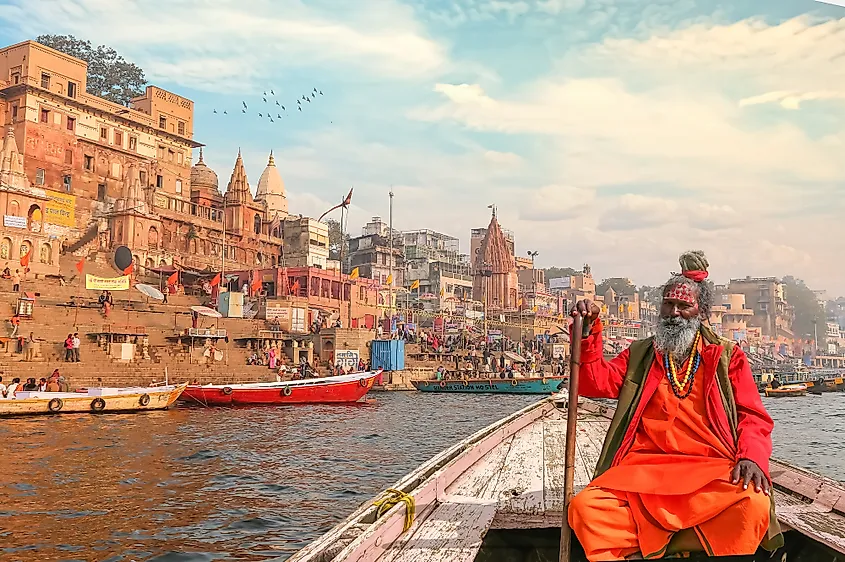
The Ganges river flows through India and Bangladesh. The river measures 2510 kilometers in length, and is a distinct landmark, but is more famous for being of such high religious significance. In Hindu culture and religion, the Ganges is thought to be the most sacred body of water in the world. More mythically, the river is an embodiment of the goddess Ganga, who was the daughter of Himalaya, the mountain god.
Because of its significance, cities and pilgrimage sights exist along the banks of the river, and people can be seen bathing, washing clothes, and burning funeral pyres on the river. All aspects of life take and give back to this one water source.
The Mississippi
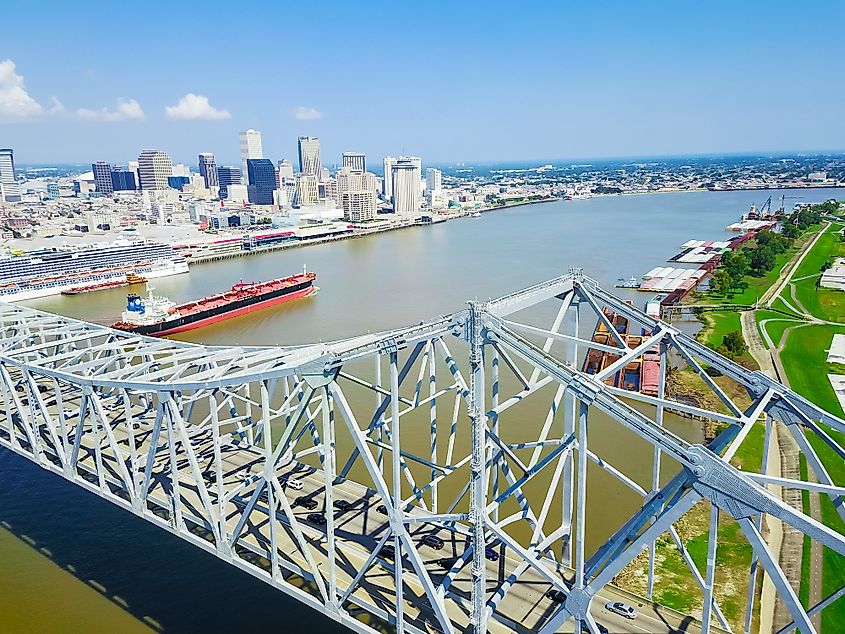
The Mississippi River is the second longest river in North America and measures roughly 3730 kilometers in length. This wide and winding river is an impressive sight to see, and it passes through or borders ten different U.S. states: Minnesota, Wisconsin, Iowa, Illinois, Missouri, Kentucky, Tennessee, Arkansas, Mississippi, and Louisiana. As such, it is one of the world’s most important commercial water sources, providing power for many nearby cities. Its sheer size also means it is a habitat for a range of animals, and is a migratory line for many species of birds and fish.
The Thames
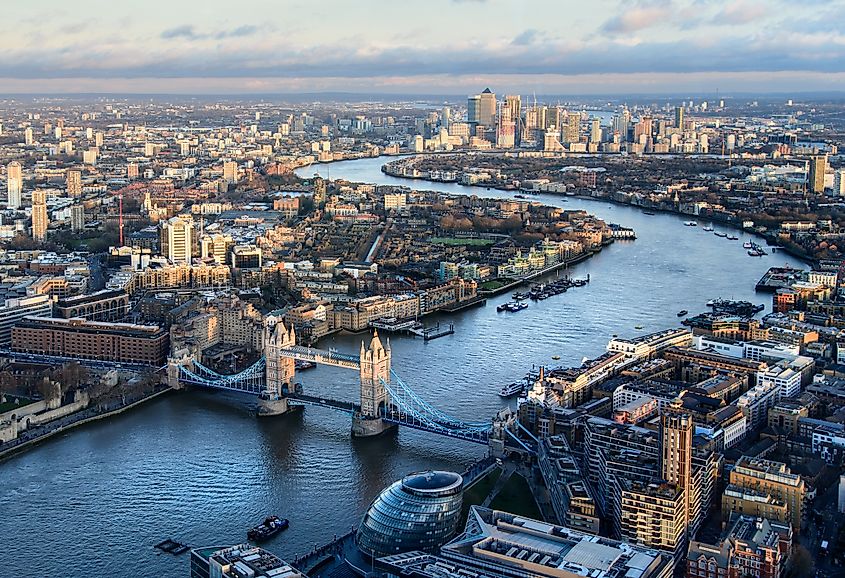
The River Thames flows through southern England, and passes through the capital city of London. The river measures 346 kilometers in length and drains into the North Sea. It is the longest river completely in England (that is not including the rest of the UK).
This river was important as it offered a route for travellers and traders to sail and steer boats from mainland Europe across the English Channel and right into the heart of the city. In modern times, important landmarks and buildings such as the Tower Bridge, the Tower of London, the parliament building, cathedrals and tourist attractions can all be found along the river’s edge.
The Murray River
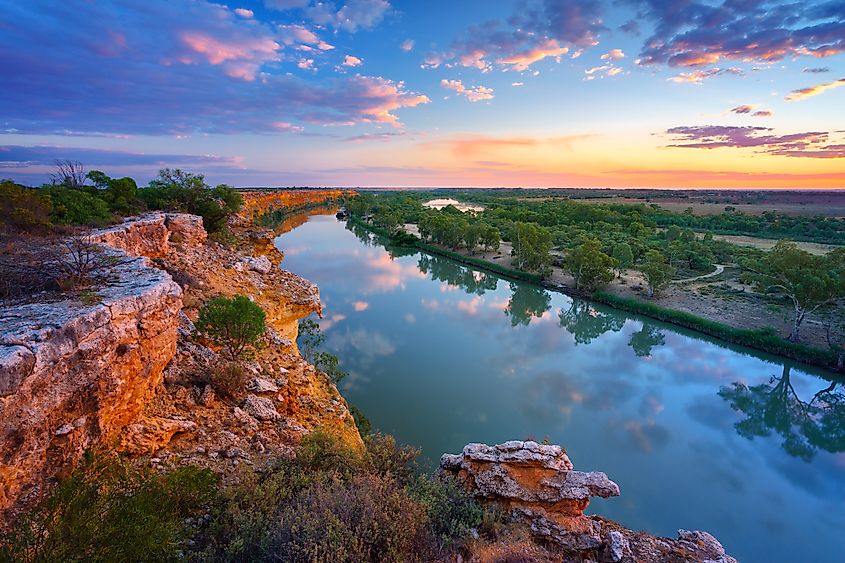
Murray river is Australia’s longest river, and is located in the south-eastern part of the country. It measures 2508 kilometres long, and passes through New South Wales, Victoria and South Australia. As Australia is a dry and arid country, water sources such as the Murray are highly important. This river provides water for roughly 1.5 million homes across Australia,and is also used as an irrigation source for local farms.
The Orinoco River
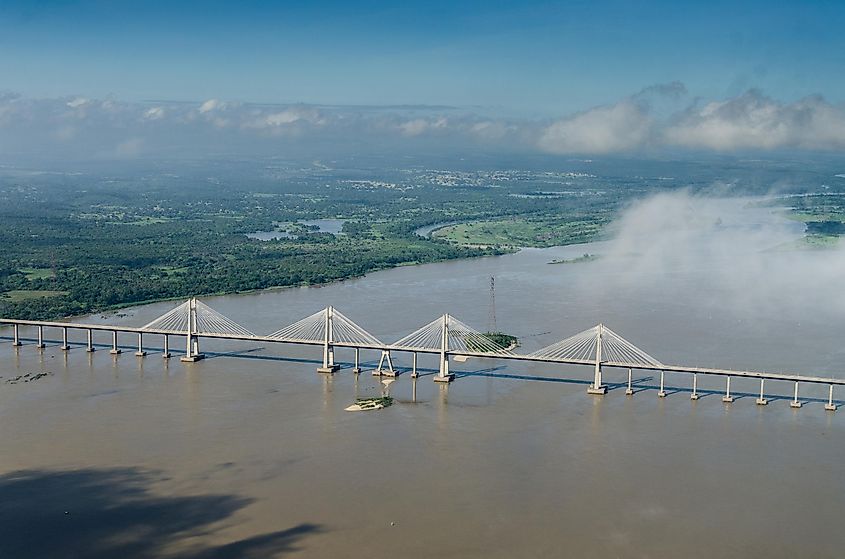
The Orinoco River is located in South America and has a length of 2,250 kilometres. The majority of the river is in the country of Venezuela, but it also cuts into Columbia. This river is the fourth largest river in the world by discharge volume. Historically this river was a main means of transportation, and still offers passage through Venezuela. The region is also important for its rich diversity of plants and animals, including Orinoco crocodiles, river dolphins, giant river otters, the giant anaconda and more than 1,000 fish species.
The Saint Lawrence River
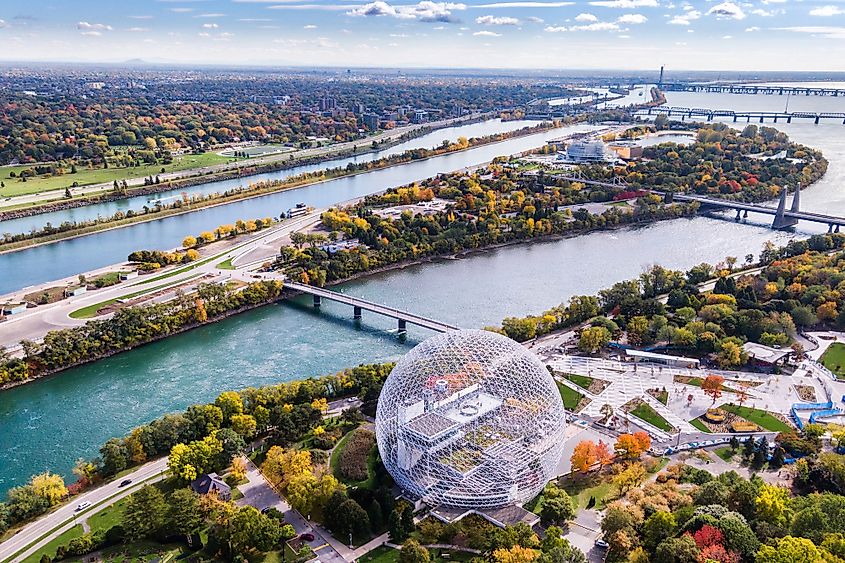
The Saint Lawrence River is located in Eastern Canada, and flows from the great lakes to the Atlantic Ocean. It is both one of the largest rivers in the continent, and the only outflow source for the all important Great Lakes.
The river was historically important for providing passage for European explorers who first visited North America, and the river system remains a significant mode of goods transport today. Due to its convenient location, early settlements clustered around the river edges, and some of Canada’s big cities and settlements can be found along the river edge, like Montreal and other parts of Quebec.
The Danube River
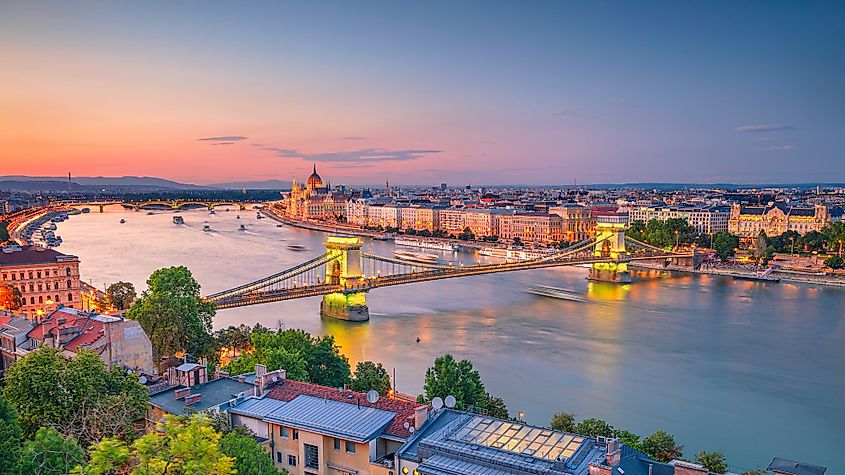
The Danube River is the second longest river in Europe, and can be found running through number of central and southeastern Europe including Germany, Austria, Romania, Hungary, Serbia, Bulgaria, Ukraine, Slovakia, and Croatia.
The river is hugely important for these countries, as it provides a route for freight transport and goods, as well as is a source of hydroelectricity, and industrial and residential water supplies. Without the Danube, the cities and countries in the area would not be able to function as smoothly as they do, and trade and goods would be significantly impacted.
The Mekong River
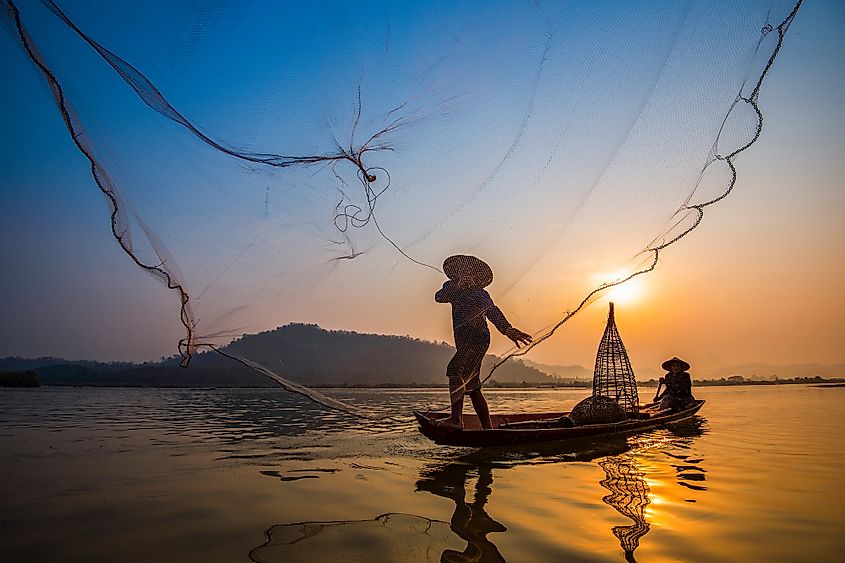
The Mekong River forms a border between East Asia and Southeast Asia. It passes through or borders the countries of Vietnam, Thailand, Laos, Cambodia, China, and Myanmar. Some 60 million people rely on the Mekong River. It supports one of the largest and most diverse fishing industries in the world. Some of the common species found in the Mekong include giant river carp, freshwater stingray, Siamese giant carp, and giant catfish.Aside from being a source of food, the Mekong is considered to be second of all rivers in terms of biodiversity importance, behind the Amazon.
Whether used for transport, energy, a food course, fresh water, or as a habitat for biodiversity, each of these impressive rivers are famous in their own right.











